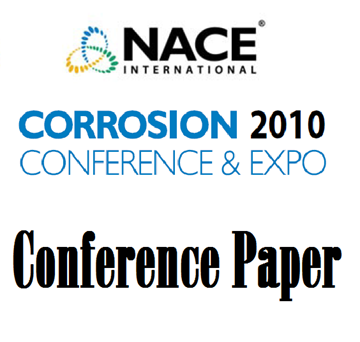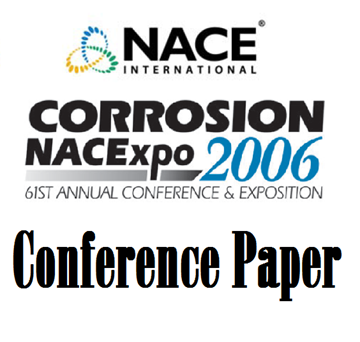Search
51315-5894-Study of Corrosion Pattern in Gas Dehydration System Handling Sour Gas
Also Purchased
10188 Effect of Triethylene Glycol on Corrosion of Carbon Steel in H2S, CO2, and O2 Environments
Product Number:
51300-10188-SG
ISBN:
10188 2010 CP
Publication Date:
2010
$20.00
Study on Glycol Reboiler and Surge Vessel Corrosion in Glycol Regeneration Unit
Product Number:
51319-13289-SG
Publication Date:
2019
$20.00
06442 POSSIBLE GLYCOL CORROSION IN NOMINALLY DRY GAS PIPELINES
Product Number:
51300-06442-SG
ISBN:
06442 2006 CP
Publication Date:
2006
$20.00




